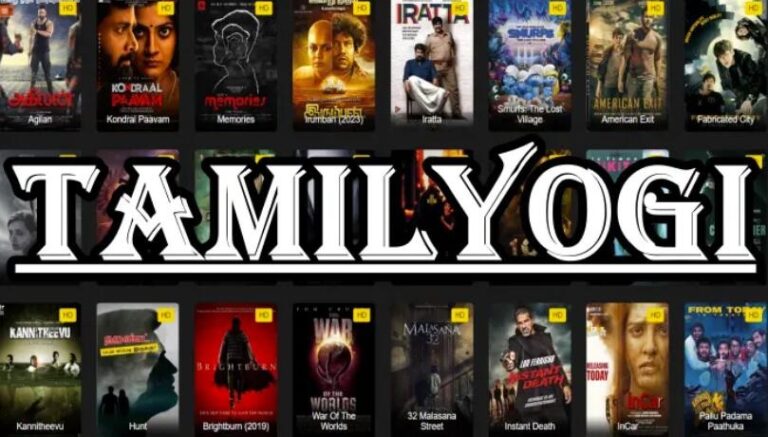
ayushman card
Introduction to Ayushman Bharat and the Ayushman Card: Ayushman Card
In recent years, India has taken massive strides to provide better healthcare facilities for its population, particularly for those who may not otherwise afford it. One of the most groundbreaking initiatives in this area has been the Ayushman Bharat Scheme, commonly known as the Ayushman Bharat – Pradhan Mantri Jan Arogya Yojana (PM-JAY). A key component of this initiative is the Ayushman Card, which gives eligible citizens access to free healthcare services. This article will explore the Ayushman Card’s features, benefits, eligibility, application process, and impact on healthcare in India.
Table of Contents
What is the Ayushman Card:
The Ayushman Card, or PM-JAY card, acts as a health card under the Ayushman Bharat Scheme. It enables millions of economically disadvantaged individuals and families across India to avail of free healthcare services. Launched with the vision of ensuring “Health for All,” the Ayushman Card offers the following:
Key Features of the Ayushman Card
- Cashless Treatment: Holders of the Ayushman Card can access cashless treatments at both government and empaneled private hospitals across India.
- Coverage Limit: Each family is entitled to an annual coverage of up to ₹5 lakh for secondary and tertiary healthcare needs.
- Nationwide Access: The Ayushman Card is valid at all empaneled hospitals in the country, allowing beneficiaries to seek care outside their home state as well.
- Wide Scope of Services: The card covers various services, including surgery, diagnostics, medication, and intensive care.
Benefits of Having an Ayushman Card
The Ayushman Card brings several benefits to Indian citizens, especially those from low-income groups who face financial barriers in accessing healthcare.
Financial Security
Medical expenses can place a massive financial burden on families, often resulting in debt or inadequate treatment. With an Ayushman Card, families can receive quality healthcare without worrying about the cost.
Improved Quality of Life
By enabling access to timely treatments, diagnostics, and surgeries, the Ayushman Card aims to improve the quality of life for its beneficiaries, allowing them to lead healthier and more productive lives.
Extensive Coverage
From cancer treatment to kidney transplants, the Ayushman Card covers around 1,500 procedures. This ensures that beneficiaries can access critical treatments without delays.
Access to Private Healthcare
The empanelment of private hospitals means that Ayushman Cardholders can also avail of services from some of the country’s best hospitals, which previously may have been financially inaccessible.
Eligibility Criteria for Ayushman Card
To ensure that only those who need financial assistance benefit from the Ayushman Card, the government has set specific eligibility criteria.
Rural and Urban Beneficiary Criteria
Rural Eligibility
The scheme uses data from the Socio-Economic Caste Census (SECC) to identify eligible households based on several factors, including:
- Families living in a single-room structure with no solid walls or roof.
- Households without any adult member aged between 16 and 59.
- Families with differently-abled members without any other adult members in the household.
Urban Eligibility
In urban areas, eligibility is based on occupational categories. Beneficiaries include daily wage workers, street vendors, domestic workers, rickshaw drivers, and more.
Exclusions
Certain individuals and families, such as those who own vehicles, pay income tax, or work for the government, are generally not eligible for the Ayushman Card.
How to Apply for an Ayushman Card
Applying for an Ayushman Card is straightforward. Here’s a step-by-step guide to help eligible individuals and families register.
Step 1: Check Eligibility
Visit the official PM-JAY website or consult with your local Common Service Center (CSC) to verify eligibility.
Step 2: Gather Necessary Documents
You will need the following documents:
- Aadhaar card
- Ration card
- Contact details, including phone number and address
- SECC database details (if available)
Step 3: Visit a Common Service Center (CSC)
Eligible individuals can go to their nearest CSC, where an authorized operator will assist with the registration.
Step 4: Verification and Issuance
Once registered, the verification process will be completed by the authorities, and a digital Ayushman Card will be issued.
Step 5: Downloading the Ayushman Card
After approval, applicants can download their Ayushman Card from the PM-JAY website or collect it from the CSC.
How to Use the Ayushman Card
Using the Ayushman Card is a seamless process, ensuring that patients can quickly access treatment without any payment hassle.
Step-by-Step Guide to Using the Ayushman Card
- Choose an Empaneled Hospital: Select a hospital that accepts Ayushman Bharat beneficiaries.
- Visit the Hospital with the Card: Present the Ayushman Card at the hospital. The hospital staff will verify your eligibility on the spot.
- Receive Treatment: After verification, the hospital will provide the required treatment under the scheme’s coverage.
- Cashless Process: All expenses are settled directly between the hospital and the PM-JAY authorities, making the entire process cashless for the patient.
Types of Treatments Covered by the Ayushman Card
The Ayushman Bharat Scheme has a broad scope of coverage, allowing beneficiaries to access a wide range of treatments.
Primary and Secondary Care
- General Medicine: Consultations and diagnostics for various illnesses.
- Minor Surgeries: Procedures such as cataract removal or hernia surgery.
Tertiary Care
For more complex needs, the scheme covers:
- Cancer Treatments
- Heart Surgeries
- Orthopedic Procedures
- Organ Transplants
Challenges and Criticisms of the Ayushman Card
Although the Ayushman Bharat Scheme and the Ayushman Card have been widely celebrated, they also face certain challenges.
Limited Hospital Network in Rural Areas
In rural regions, the availability of empaneled hospitals is limited, making it harder for beneficiaries to find accessible facilities.
Service Quality Issues
While many private hospitals are empaneled, there have been instances of substandard service delivery, necessitating better oversight.
Low Awareness Levels
A significant portion of the population remains unaware of the Ayushman Bharat Scheme, leading to underutilization of benefits.
Future Prospects of the Ayushman Card and PM-JAY
The government continues to work on expanding and enhancing the Ayushman Bharat Scheme to cover more people and improve service quality. Future enhancements may include:
Expanding the Hospital Network
Efforts are underway to include more hospitals, particularly in underserved areas, ensuring beneficiaries can access quality healthcare closer to home.
Digital Health Integration
Plans for integrating digital health records with the Ayushman Card are underway, which would enable patients to access their health data across empaneled facilities seamlessly.
Increasing Awareness and Outreach
More government-led campaigns aim to raise awareness about the scheme, ensuring that eligible families are informed about the benefits of the Ayushman Card.
Conclusion
The Ayushman Card has had a profound impact on Indian healthcare, making quality treatment accessible and affordable for millions of families. By providing coverage for a vast range of medical services and offering cashless benefits, the Ayushman Card empowers the economically vulnerable to seek timely treatment without financial worry. While challenges remain, the ongoing developments and expansions in the scheme promise a healthier, more inclusive future for India. The Ayushman Card is more than just a card; it is a lifeline that represents India’s commitment to healthcare equality.



